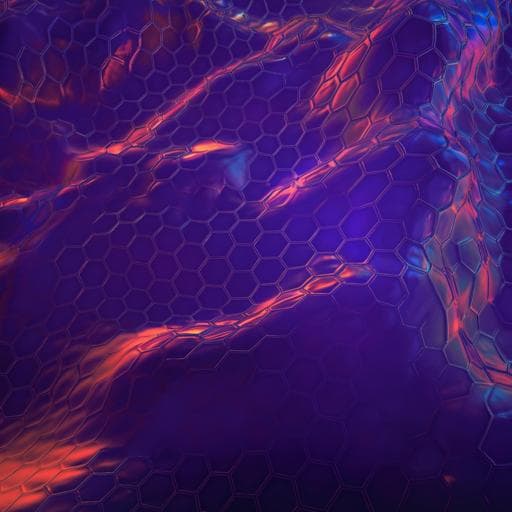
Physics
Machine learning the microscopic form of nematic order in twisted double-bilayer graphene
J. A. Sobral, S. Obernauer, et al.
Explore the groundbreaking use of convolutional neural networks to uncover the intricate electronic nematic order in twisted double-bilayer graphene. This innovative research by João Augusto Sobral, Stefan Obernauer, Simon Turkel, Abhay N. Pasupathy, and Mathias S. Scheurer reveals how microscopic details of correlated phenomena can be deciphered from high-dimensional STM data.
~3 min • Beginner • English
Related Publications
Explore these studies to deepen your understanding of the subject.







